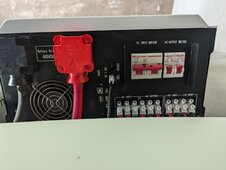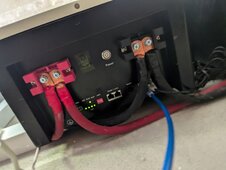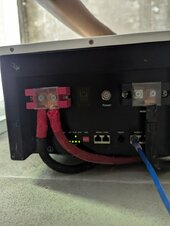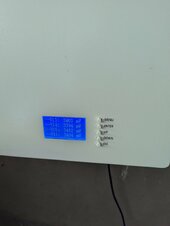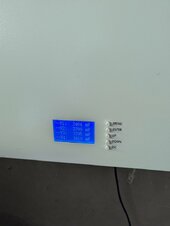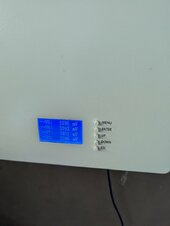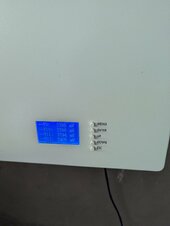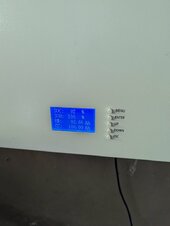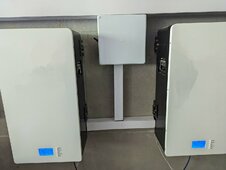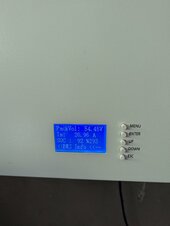tropicthedev
New Member
Hi,
I currently have a Growatt 12KWH SPF12000 system with 15 KWH of battery storage (3 batteries, each 5 KWH). We’re planning to upgrade our storage capacity to 35 KWH. However, the local supplier/installer might have removed all identifying information from our existing batteries.
I've found a seemingly similar battery on Alibaba, but I believe ours might be an older version. The new model has a similar bottom end and a comparable screen/BMS setup.
Before purchasing an additional 20 KWH (2 batteries of 10 KWH each), I have a few questions:
Link to Alibaba Battery
 x.alibaba.com
x.alibaba.com
I currently have a Growatt 12KWH SPF12000 system with 15 KWH of battery storage (3 batteries, each 5 KWH). We’re planning to upgrade our storage capacity to 35 KWH. However, the local supplier/installer might have removed all identifying information from our existing batteries.
I've found a seemingly similar battery on Alibaba, but I believe ours might be an older version. The new model has a similar bottom end and a comparable screen/BMS setup.
Before purchasing an additional 20 KWH (2 batteries of 10 KWH each), I have a few questions:
- Battery Bank Configuration: If I get these new batteries, would I need to set them up as a separate battery bank?
- Main BMS Configuration: Should one of the new batteries act as the Main BMS?
- DIP Switch Limitations: The DIP switch on my current system, which I assume manages the order of the batteries, only goes up to 4. Can I daisy chain more than four batteries together, or is there another method to integrate the new batteries with the existing ones?
Link to Alibaba Battery
Warehouse Stock In Europe 5 Kw 10kw Lithium Battery 48v Solar Energy 100ah 200ah Power Wall Lifepo4 Pack - Buy Power Wall,Lifepo4 Pack,10kw Lithium Battery Product on Alibaba.com
Warehouse Stock In Europe 5 Kw 10kw Lithium Battery 48v Solar Energy 100ah 200ah Power Wall Lifepo4 Pack - Buy Power Wall,Lifepo4 Pack,10kw Lithium Battery Product on Alibaba.com



